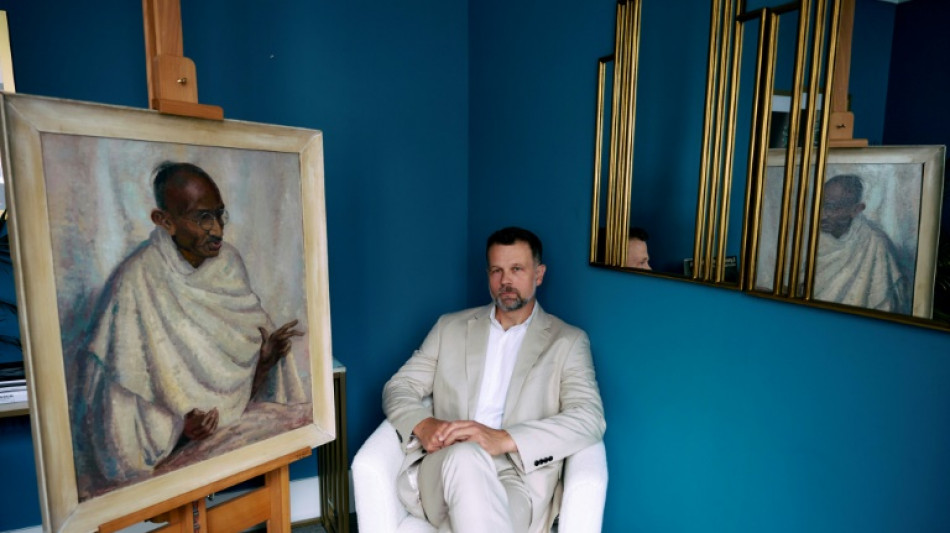
-
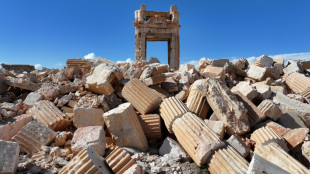 Trump vows revenge after troops in Syria killed in alleged IS ambush
Trump vows revenge after troops in Syria killed in alleged IS ambush
-
Maresca bemoans 'worst 48 hours at Chelsea' after lack of support
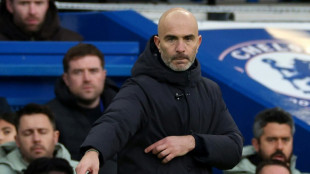
-
 Teenage pair Ndjantou, Mbaye star as PSG beat Metz to go top
Teenage pair Ndjantou, Mbaye star as PSG beat Metz to go top
-
Drone strike in southern Sudan kills 6 UN peacekeepers
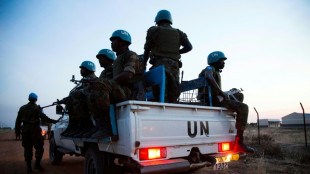
-
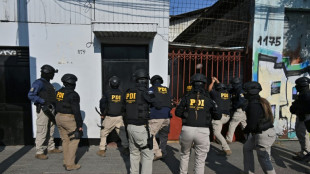 Crime wave propels hard-right candidate toward Chilean presidency
Crime wave propels hard-right candidate toward Chilean presidency
-
Terrific Terrier backheel helps lift Leverkusen back to fourth
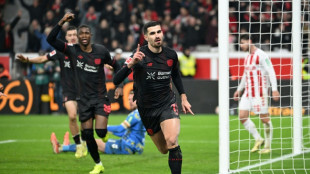
-
 'Magic' Jalibert guides Bordeaux-Begles past Scarlets
'Magic' Jalibert guides Bordeaux-Begles past Scarlets
-
Teenage pair Ndjantou and Mbaye star as PSG beat Metz to go top

-
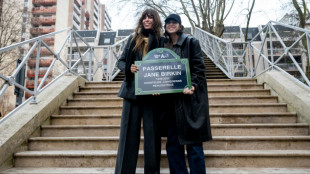 Anglo-French star Jane Birkin gets name on bridge over Paris canal
Anglo-French star Jane Birkin gets name on bridge over Paris canal
-
US troops in Syria killed in alleged IS ambush
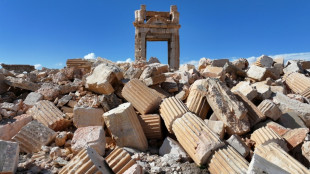
-
 Jalibert masterclass guides Bordeaux-Begles past Scarlets
Jalibert masterclass guides Bordeaux-Begles past Scarlets
-
M23 marches on in east DR Congo as US vows action against Rwanda
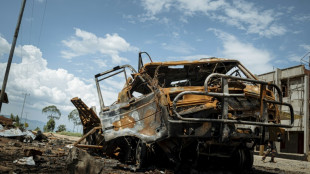
-
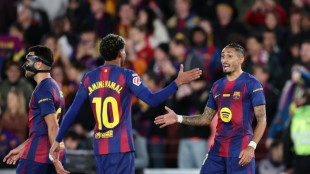 Raphinha double stretches Barca's Liga lead in Osasuna win
Raphinha double stretches Barca's Liga lead in Osasuna win
-
Terrific Terrier returns Leverkusen to fourth
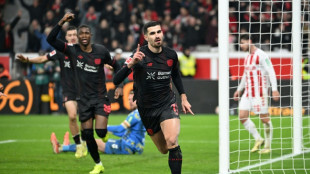
-
 Colts activate 44-year-old Rivers for NFL game at Seattle
Colts activate 44-year-old Rivers for NFL game at Seattle
-
US troops in Syria killed in IS ambush attack

-
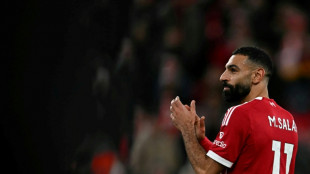 Liverpool's Slot says 'no issue to resolve' with Salah after outburst
Liverpool's Slot says 'no issue to resolve' with Salah after outburst
-
'Stop the slaughter': French farmers block roads over cow disease cull

-
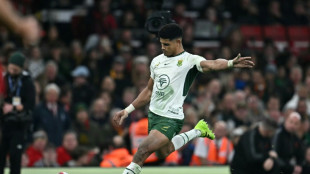 Stormers see off La Rochelle, Sale stun Clermont in Champions Cup
Stormers see off La Rochelle, Sale stun Clermont in Champions Cup
-
Maresca hails Palmer as Chelsea return to winning ways against Everton
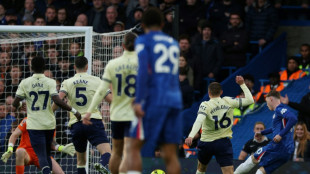
-
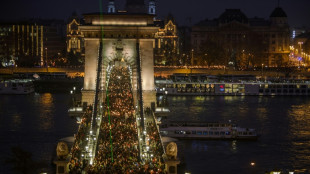 Hungarian protesters demand Orban quits over abuse cases
Hungarian protesters demand Orban quits over abuse cases
-
Belarus frees protest leader Kolesnikova, Nobel winner Bialiatski
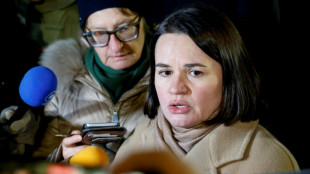
-
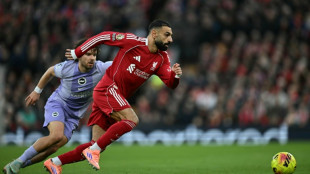 Salah sets up goal on return to Liverpool action
Salah sets up goal on return to Liverpool action
-
Palmer strikes as Chelsea return to winning ways against Everton
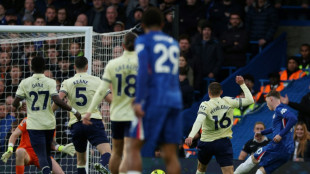
-
 Pogacar targets Tour de France Paris-Roubaix and Milan-San Remo in 2026
Pogacar targets Tour de France Paris-Roubaix and Milan-San Remo in 2026
-
Salah back in action for Liverpool after outburst
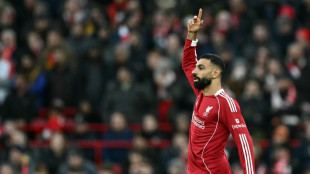
-
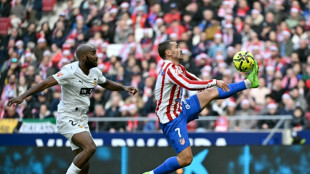 Atletico recover Liga momentum with battling win over Valencia
Atletico recover Liga momentum with battling win over Valencia
-
Meillard leads 'perfect' Swiss sweep in Val d'Isere giant slalom

-
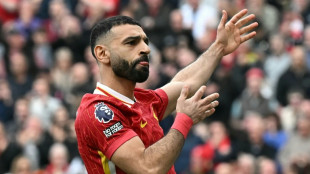 Salah on Liverpool bench for Brighton match
Salah on Liverpool bench for Brighton match
-
Meillard leads Swiss sweep in Val d'Isere giant slalom

-
 Indonesia flood death toll passes 1,000 as authorities ramp up aid
Indonesia flood death toll passes 1,000 as authorities ramp up aid
-
Cambodia shuts Thailand border crossings over deadly fighting

-
 First urban cable car unveiled outside Paris
First urban cable car unveiled outside Paris
-
Vonn second behind Aicher in World Cup downhill at St Moritz

-
 Aicher pips Vonn to downhill win at St Moritz
Aicher pips Vonn to downhill win at St Moritz
-
Thailand says 4 soldiers killed in Cambodia conflict, denies Trump truce claim

-
 Fans vandalise India stadium after Messi's abrupt exit
Fans vandalise India stadium after Messi's abrupt exit
-
Women sommeliers are cracking male-dominated wine world open

-
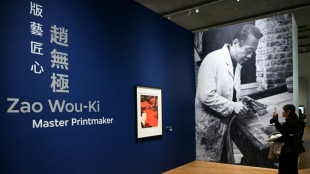 Exhibition of Franco-Chinese print master Zao Wou-Ki opens in Hong Kong
Exhibition of Franco-Chinese print master Zao Wou-Ki opens in Hong Kong
-
Myanmar junta denies killing civilians in hospital strike
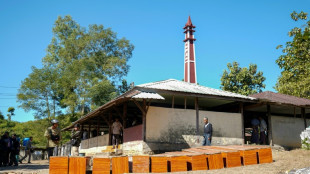
-
 Why SpaceX IPO plan is generating so much buzz
Why SpaceX IPO plan is generating so much buzz
-
Thailand continues Cambodia strikes despite Trump truce calls

-
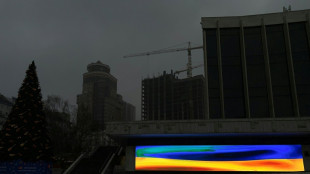 US envoy to meet Zelensky, Europe leaders in Berlin this weekend
US envoy to meet Zelensky, Europe leaders in Berlin this weekend
-
North Korea acknowledges its troops cleared mines for Russia
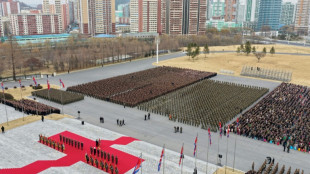
-
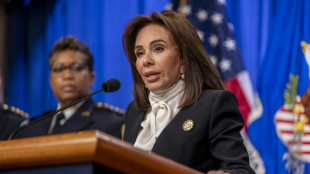 US unseals warrant for tanker seized off Venezuelan coast
US unseals warrant for tanker seized off Venezuelan coast
-
Cambodia says Thailand still bombing hours after Trump truce call

-
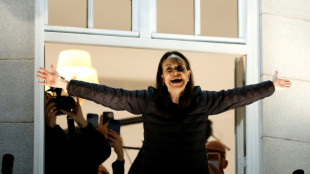 Machado urges pressure so Maduro understands 'he has to go'
Machado urges pressure so Maduro understands 'he has to go'
-
Leinster stutter before beating Leicester in Champions Cup
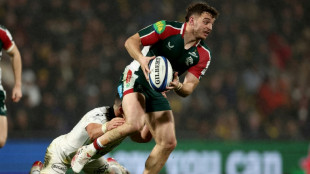
-
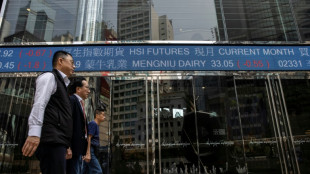 World stocks mostly slide, consolidating Fed-fuelled gains
World stocks mostly slide, consolidating Fed-fuelled gains
-
Crypto firm Tether bids for Juventus, is quickly rebuffed
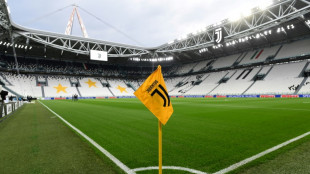

'Hidden treasure': Rare Gandhi portrait up for UK sale
A rare oil painting of Indian independence leader Mahatma Gandhi, which is believed to have been damaged by a Hindu nationalist activist, is to be auctioned in London in July.
Gandhi, one of the most influential figures in India's history, led a non-violent movement against British rule and inspired similar resistance campaigns across the world.
He is the subject of tens of thousands of artworks, books and films.
But a 1931 painting by British-American artist Clare Leighton is believed to be the only oil portrait he sat for, according to the painter's family and Bonhams, where it will be auctioned online from July 7 to 15.
"Not only is this a rare work by Clare Leighton, who is mainly known for her wood engravings, it is also thought to be the only oil painting of Mahatma Gandhi which he sat for," said Rhyanon Demery, Bonhams Head of Sale for Travel and Exploration.
The painting is a "likely hidden treasure", Caspar Leighton, the artist's great-nephew, told AFP.
Going under the hammer for the first time next month, the painting is estimated to sell for between £50,000 and £70,000 ($68,000 and $95,000).
Clare Leighton met Gandhi in 1931, when he was in London for talks with the British government on India's political future.
She was part of London's left-wing artistic circles and was introduced to Gandhi by her partner, journalist Henry Noel Brailsford.
"I think there was clearly a bit of artistic intellectual courtship that went on," said Caspar, pointing out that his great-aunt and Gandhi shared a "sense of social justice".
- Painting attacked -
The portrait, painted at a crucial time for India's independence struggle, "shows Gandhi at the height of his power", added Caspar.
It was exhibited in London in November 1931, following which Gandhi's personal secretary, Mahadev Desai, wrote to Clare: "It was such a pleasure to have had you here for many mornings doing Mr Gandhi's portrait."
"Many of my friends who saw it in the Albany Gallery said to me that it was a good likeness," reads a copy of the letter attached to the painting's backing board.
The painting intimately captures Gandhi's likeness but it also bears reminders of his violent death.
Gandhi was shot at point-blank range in 1948 by disgruntled Hindu nationalist activist Nathuram Godse, once closely associated with the right-wing paramilitary organisation RSS.
Godse and some other Hindu nationalist figures accused Gandhi of betraying Hindus by agreeing to the partition of India and the creation of Muslim-majority Pakistan.
According to Leighton's family, the painting was attacked with a knife by a "Hindu extremist" believed to be an RSS activist, in the early 1970s.
Although there is no documentation of the attack, a label on the back of the painting confirms that it was restored in the United States in 1974.
Under UV light, Demery pointed out the shadow of a deep gash running across Gandhi's face where the now-restored painting was damaged.
"It feels very deliberate," she said.
- 'Real home' -
The repairs "add to the value of the picture in a sense... to its place in history, that Gandhi was again attacked figuratively many decades after his death", said Caspar.
The only other recorded public display of the painting was in 1978 at a Boston Public Library exhibition of Clare Leighton's work.
After Clare's death, the artwork passed down to Caspar's father and then to him.
"There's my family's story but the story in this portrait is so much greater," he said.
"It's a story for millions of people across the world," he added.
"I think it'd be great if it got seen by more people. Maybe it should go back to India -- maybe that's its real home."
Unlike countless depictions of the man known in India as the "father of the nation" -- in stamps, busts, paraphernalia and recreated artwork -- "this is actually from the time", said Caspar.
"This might be really the last truly significant picture of Gandhi to emerge from that time."
R.AbuNasser--SF-PST
